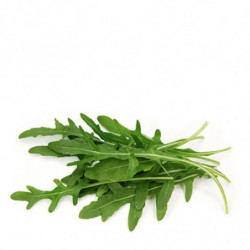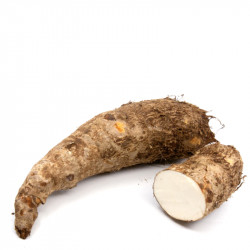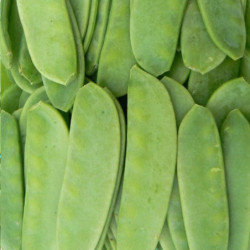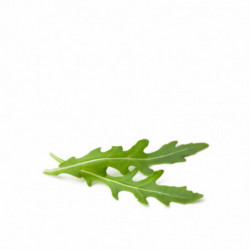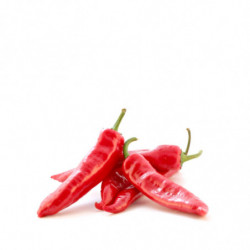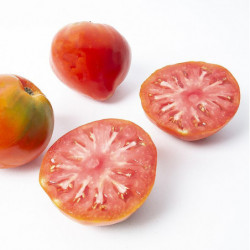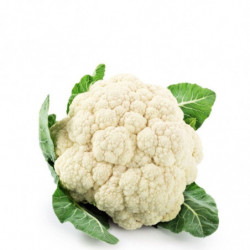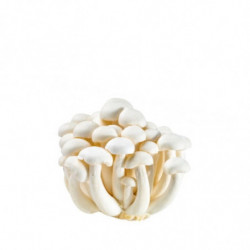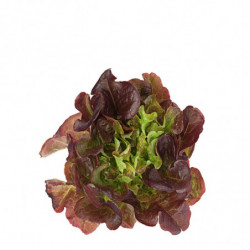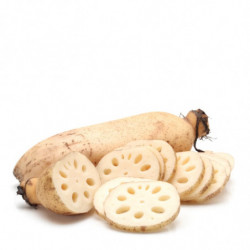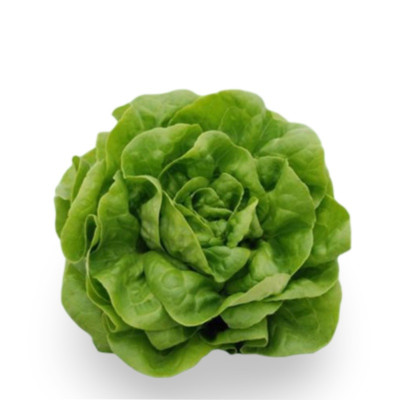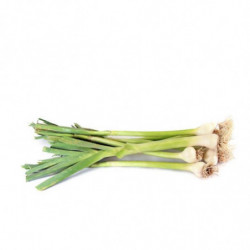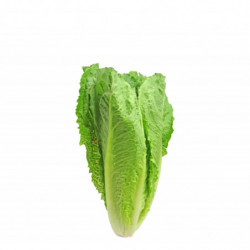The Wonderful Broadleaf Arugula
Broadleaf arugula, also known as wild arugula, is a plant belonging to the Brassicaceae family, native to the Mediterranean and Western Asia. This plant is characterized by dark green, toothed leaves, with a slightly bitter and spicy taste.
Appearance
The leaves of broadleaf arugula are larger than those of common arugula, and have a dark green color. The plant can grow up to 60 centimeters tall, and produces small white flowers that later turn into seed pods.
Composition
Broadleaf arugula is an important source of essential nutrients, such as vitamins A, C, and K, as well as minerals like iron and calcium. It is also a good source of antioxidants and beneficial phytochemicals.
Origin
Broadleaf arugula originates from the Mediterranean and Western Asia and has been cultivated and used in cooking since ancient times.
Current Cultivation Areas
Today, broadleaf arugula is grown in many parts of the world, including Southern Europe, North and South America, Asia, and Australia.
History
Broadleaf arugula has been used in cooking since ancient times and has been used in traditional medicine to treat a variety of ailments, such as indigestion and inflammation. It has also been used as an aphrodisiac.
Culinary Uses
Broadleaf arugula is commonly used in salads, as its bitter and spicy flavor pairs well with other ingredients. It can also be used as an ingredient in sauces, pizzas, and pasta dishes.
Therapeutic Properties
Broadleaf arugula has anti-inflammatory and antioxidant properties and may help reduce the risk of chronic diseases such as heart disease and cancer.
Signature Dish
Broadleaf arugula is commonly used in salads and can be found in many traditional Mediterranean salads.
Fun Facts
Broadleaf arugula is also known as "rocket," because caterpillars of certain butterflies from the Pieridae family feed on the plant's leaves. Additionally, broadleaf arugula is native to the Italian region of Puglia, where it has been cultivated for over 2,000 years.
